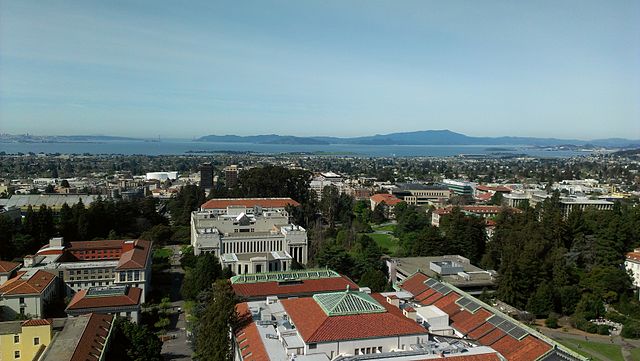
On May 18, the University of California Board of Regents (Regents) announced that it will be limiting the number of nonresident undergraduate students enrolled at nine UC campuses, with the policy taking effect during the 2018-2019 school year. Nonresidents include both out-of-state and international students.
For five of the UC campuses (UC Davis, UC Merced, UC Riverside, UC Santa Barbara, UC Santa Cruz), nonresident enrollment will be limited to 18% of the total undergraduate population. Because the remaining four UC campuses (UC Berkeley, UC Irvine, UCLA, UC San Diego) already exceed the 18% limit, each of those campuses will instead be required to not exceed their current percentage of nonresidents, based 2017-2018 student populations.
For decades, the UC has sought to admit more nonresidents to ease the financial pressure created by long-term state budget cuts; these students pay over $30,000 more each year than California residents do in tuition and other fees, bringing in a substantial amount of revenue and subsidizing financial aid for in-state students.
In recent years, the UC has faced mounting criticism over the rapidly ballooning number of nonresidents, with concerns that nonresidents were being admitted over more-qualified in-state students. Based on data provided by the UC, the nonresident proportion of total undergraduate enrollment for the UC sits at 16.5% in Fall 2016, well below the average of 27.9% for comparable American public university systems. However, 16.5% is an over three-fold increase in proportion compared to the 4.9% of nonresidents enrolled a decade prior in Fall 2006.
In light of these criticisms, the state of California passed the Budget Act of 2016 with $18.5 million in extra funding for the UC to enroll more California residents provided that the Regents “adopt a policy that specifies a limit on the number of nonresident students enrolled.” With the newly adopted nonresident cap as part of its response, the UC is re-affirming that in-state students take priority over nonresidents.
With the number of applications to the UC continuing to rise, this move by the UC will likely exacerbate the already intense competition among nonresidents for seats at prestigious UC campuses such as UCLA and UC Berkeley. Of note, immigrant students who attend and graduate from California high schools but who lack permanent resident or citizen status must apply as international students.
International students matriculating at the UC hail from all over the world; in Fall 2016, China sent the most students by far at 14,855, with South Korea coming in a distant second at 1,835 students.
By T. Kim





